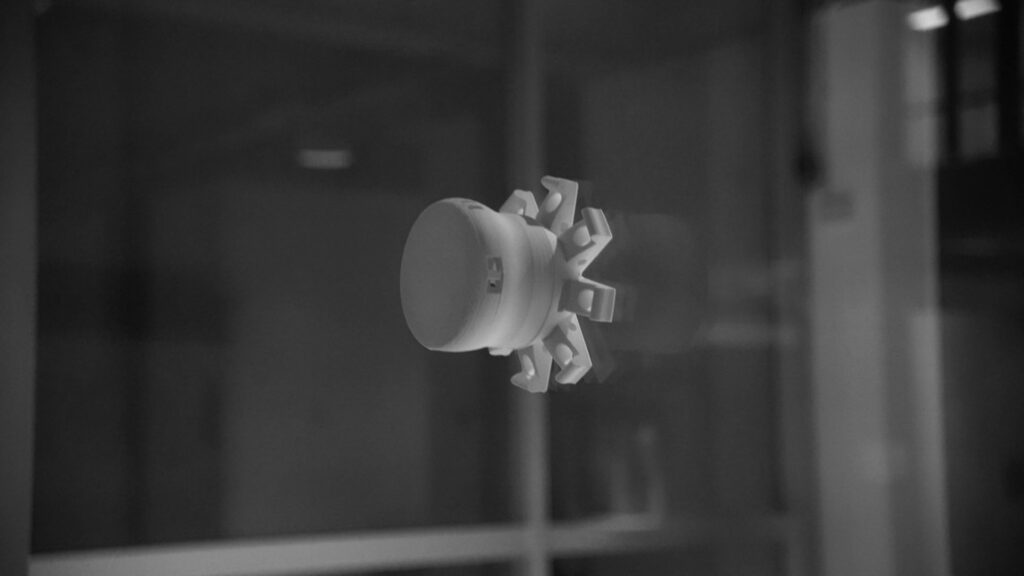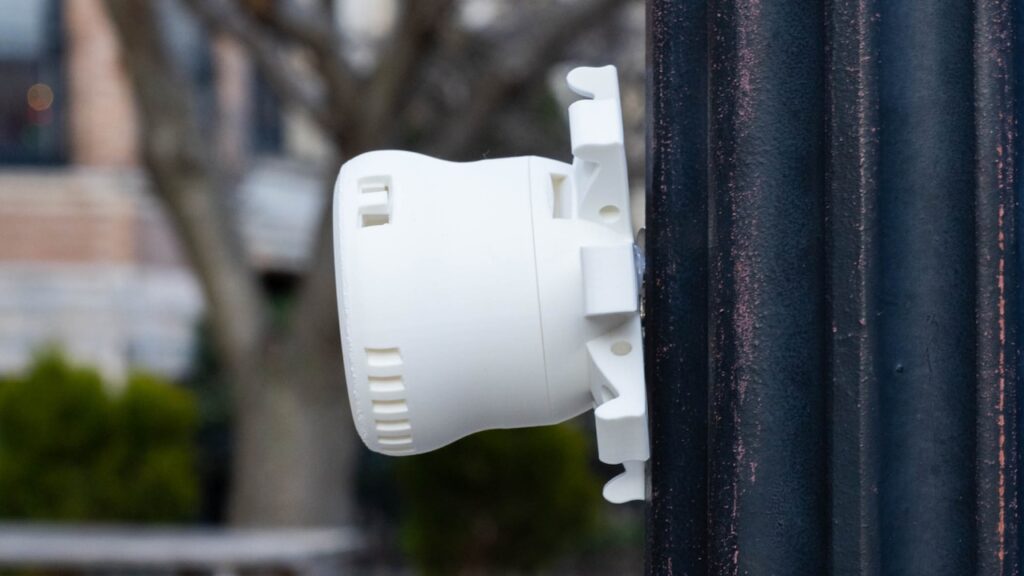
There are a lot of very good reasons to monitor local environmental conditions, especially as they pertain to climate change research and various ecological protection initiatives. But doing so in urban locales is a challenge, as simply mounting a device can be difficult. That’s why a team from MIT’s Senseable City Lab built Octopus, which is a delightful environmental sensor intended for urban deployment.
Octopus looks really cute, thanks to its cephalopodic enclosure. But that 3D-printable enclosure isn’t just aesthetic, it is also functional. The “tentacles” are mounting points suitable for hooks, straps, screws, magnets, and whatever else you might need to secure the Octopus device on to a streetlight pole, building, or bicycle. The “head” unscrews to reveal the components within and additional modules can be placed between the head and the tentacles to expand the device’s functionality.
This is an Open Source Hardware Association-certified project and the bill of materials is available on GitHub, but it is a bit complicated. You can narrow it down into three subassemblies: the host PCB, the development board(s) and sensors, and the enclosure. The host PCB is a custom job and helps to keep everything tidy. The development boards and sensors necessary will depend on what data needs collection: temperature and humidity, air quality, or image classification via Edge Impulse (flowers are an example).

Depending on the use case, Octopus can contain an Arduino Nano 33 BLE Sense or an Arduino Nicla Vision board. The Nicla Vision handles the image collection and an SPS30 particulate matter evaluation kit monitors air quality. There is also a GPS module for gathering location data for logging and those logs go on an SD card. There is a lithium battery with associated charging circuitry to make Octopus entirely wireless.
If you’re looking for an environmental monitor device with versatile mounting options, Octopus may be the perfect choice.
The post MIT’s Octopus is a delightful environmental sensor for urban deployment appeared first on Arduino Blog.
